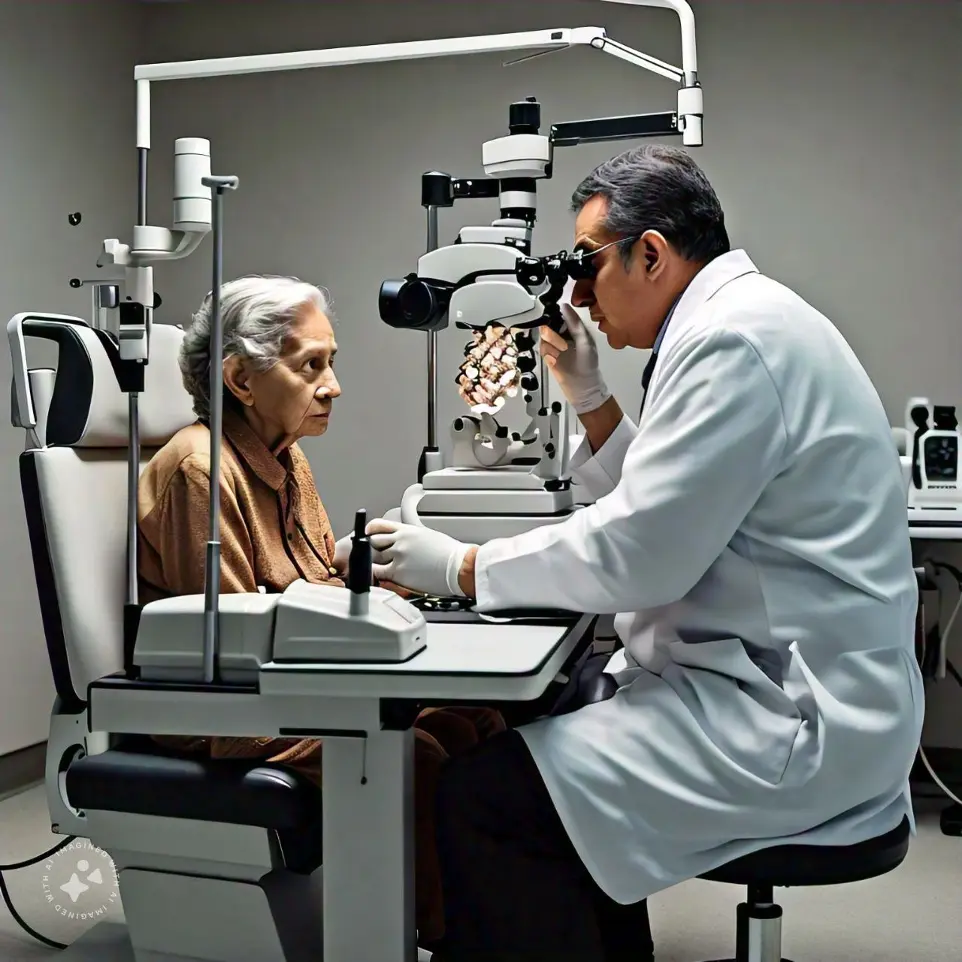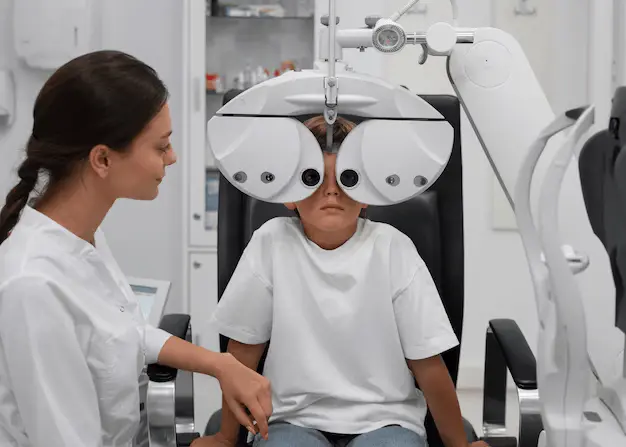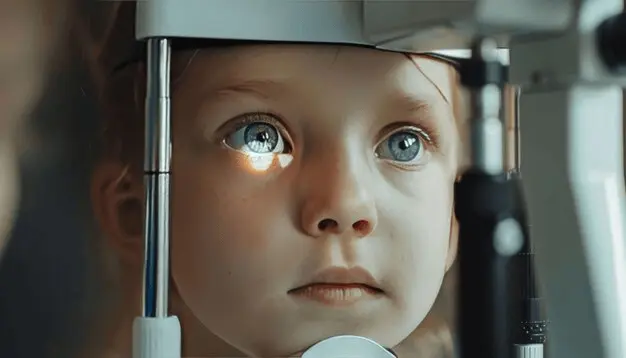Experience Clear Vision Again

Understanding Amblyopia
Lazy eye, also known as amblyopia, is a neurodevelopmental
disorder that affects children’s vision. It occurs when the brain does not properly
develop the ability to see out of one eye. This can happen for a variety of
reasons, including strabismus (crossed eyes), refractive errors
(nearsightedness, farsightedness, or astigmatism), or amblyopia deprivation
(when one eye is covered or blocked).
Steps Involved in Eye Care

Eye Exam

Eye surgery




